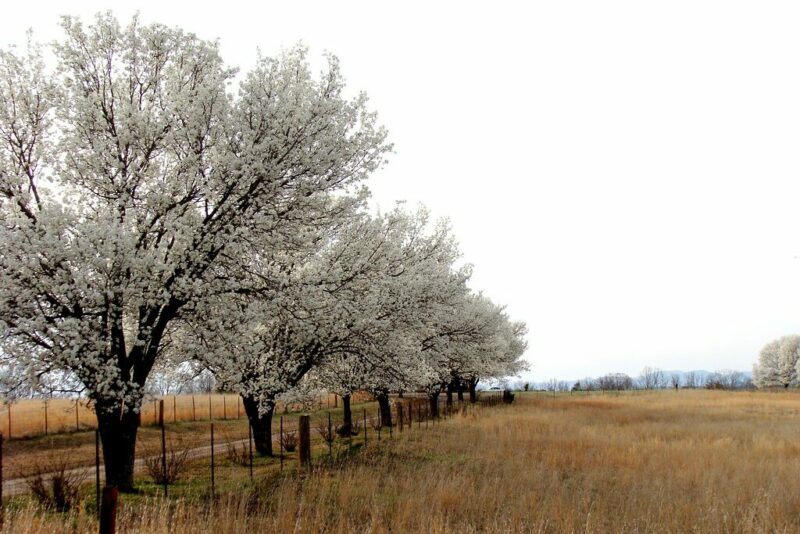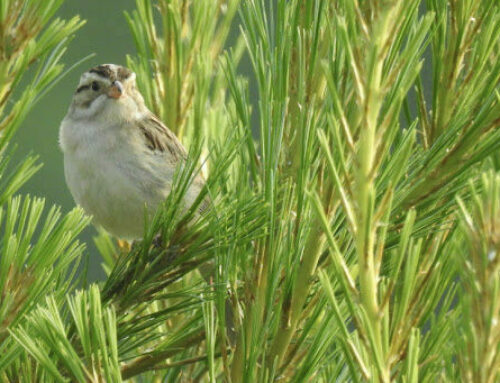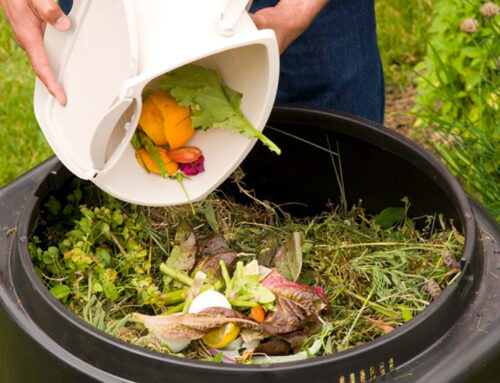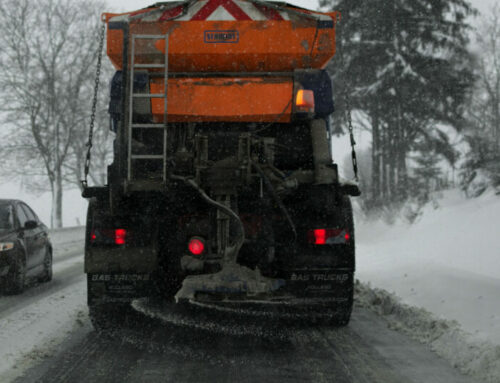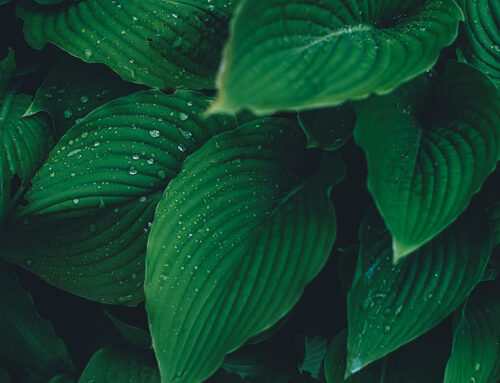By Nina Wajrowski
The Callery pear tree doesn’t feel quite like other invasive species. The tree accentuates the urban landscape with its small-medium size, pyramidal crown and closely spaced branches. Its fast growth characteristics makes this tree a desirable one for many homeowners and landscapers to utilize in their yards and designs.
Pryus calleryana was introduced from China and Korea, and is extremely adaptable to any site. Since the 1960s, landscapers, municipalities and nurseries have made a devastating mistake releasing this tree for distribution.
There are many varieties of the Callery pear, including the fruitless Bradford pear, introduced to the United States in the last 60 years. As Bradford’s popularity grew, other varieties were released, and a cross-variety genetic mixing occurred that has resulted in fertile specimens that produce copious quantities of marble-sized fruit. It is now an escapee of cultivation in at least 30 states.
This tree spreads in natural areas via fruit drop and via the droppings of birds. Some varieties produce large thorns as well. Pear trees leaf out sooner than other trees which prevent forbs and wildflowers from growing. They outcompete native plants.
In addition to being invasive, the trees have no practical use. The species live about 25 years, and the wood becomes increasingly fragile as it ages. The unions on the trees are brittle and rot often forms in the crevices. Broken branches are the norm for this tree, resulting in a liability during storms. The fruit is an incredible mess- sticking to shoes, leaving stains on the sidewalk and creating a foul stench as it rots. The flowers, pretty at first, emit a fetid odor.
Most states do not have regulation regarding the sale and distribution of the trees. South Carolina implemented a ban on the species that will go into effect in 2024, and added Bradford Pear to its state plant pest list. Ohio initiated similar measures- legislation that bans the selling, importing or planting of any invasive species; their ban on ornamental pear trees isn’t taking place until 2023.
An astounding statistic from the Chicago Region Tree Census sponsored by the Morton Arboretum discovered that of individual trees, 36% are buckthorn, 6% honeysuckle and 5% tree of heaven. Callery pear trees made up an undetermined amount in the canopy assessment from 2020 because it is lumped into a category of “other.”
So, what should you do about your pear tree? If you’re concerned about the health of the urban forest, you should cut your tree down immediately. If you cannot afford the cost of cutting down your tree at this point, plan to cut it down when you can. Then, if your budget allows, select a native tree to take its place. Be sure to select the right tree for the right place, keeping in mind the soil type, soil moisture, sunlight and proximity to your house or other trees. Of course, small-medium size flowering trees are desirable in a yard, but perhaps give these native species a consideration instead: redbud, dogwood, magnolia, tulip poplar, linden, buckeye, and horse chestnut.
This article is a part of the Environmental Defenders of McHenry County’s regular “Green Scene” column in The Woodstock Independent.
See the article in the April 6-12, 2022 issue of The Woodstock Independent.
Photo by Martin LaBar


